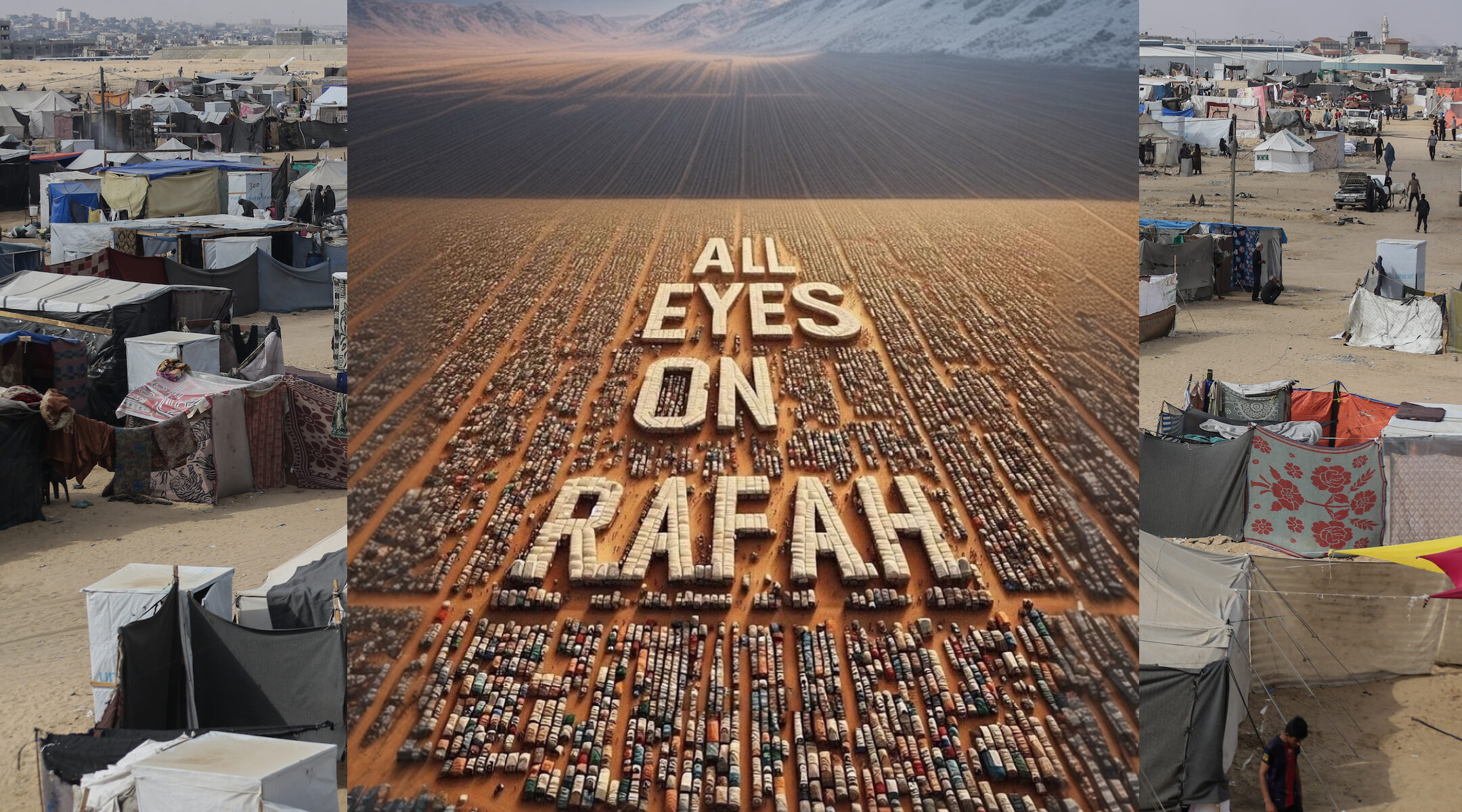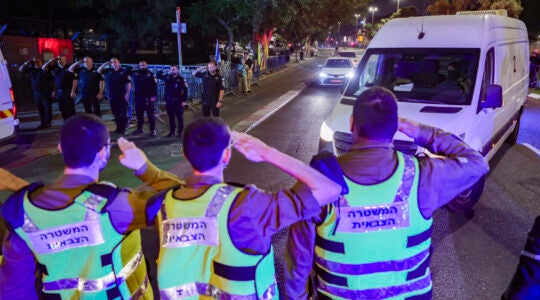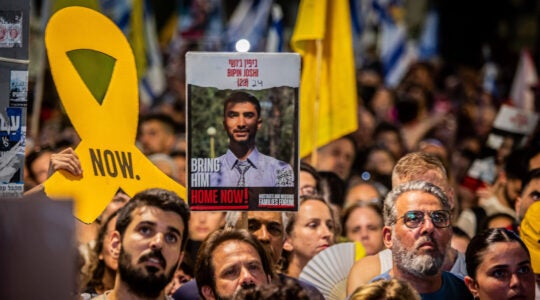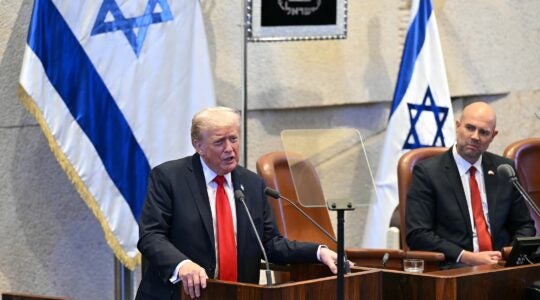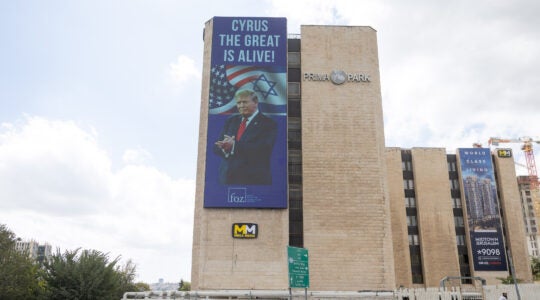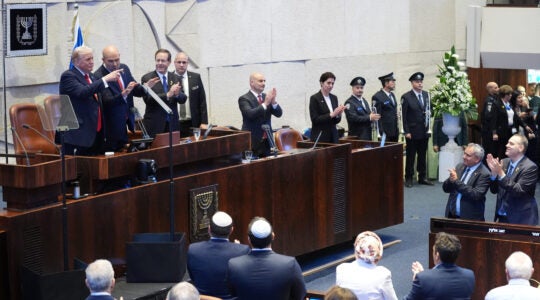The image has been hard to miss: A picture of a desert packed with tents, snow-capped mountains visible in the background and the text “All Eyes on Rafah” superimposed on top, has been shared nearly 50 million times on Instagram this week.
The image has spurred a debate over the role of AI graphics in online advocacy about the Israel-Hamas war, as well as a host of pro-Israel riffs that aim to challenge pro-Palestinian social media activism.
In one image that Israel’s official X account shared in response, a cartoonish bloodied baby is seated in front of what appears to be a member of Hamas, holding a gun, with the text “Where were your eyes on October 7?” Another depicts a large rally with an Israeli flag and the popular refrain “Bring them home now.” A third exhorts, “If your eyes are on Rafah, help us find our hostages.”
None of the pro-Israel images have been shared anywhere close to as widely as the original, which has been posted by more than three times as many people as there are Jews in the world and has been seen by many times more than that. Among the people sharing it have been a number of pro-Palestinian celebrity influencers, from Dua Lipa and Mark Ruffalo to Gigi Hadid and Bella Hadid.
The phrase “All eyes on Rafah” is attributed to a February interview with Richard Peeperkorn, the World Health Organization’s representative overseeing the West Bank and Gaza, who used the wording to warn against an Israeli invasion of the city. The phrase ramped up a rallying cry for pro-Palestinian activists after dozens of people, including children, were killed following an Israeli bombing in Rafah over the weekend — an incident that distressed some of Israel’s most ardent defenders.
The Instagram graphic was created by a Malaysian content creator who had previously been relatively unknown. It does not actually show Rafah, the southern Gaza city near the border with Egypt, where more than 1 million Palestinians sheltered as the Israeli army battled in the territory’s north over the last six months. Instead, Rafah is rendered as an AI-generated tent city.
The graphic’s spread was facilitated by a number of Instagram features. The platform’s “Add Yours” sticker allows users to share a graphic with one click. Like most mainstream social media platforms (other than X), Instagram also inhibits the spread of graphic content, making real images showing devastation in Gaza less likely to go viral.
“If you’re desperate for a super concise explanation as to how this random Malaysian user ended up creating the Post Of The Moment, it’s because they basically managed to do the impossible,” Ryan Broderick wrote in Garbage Day, his newsletter about the internet. “They generated a pro-Palestine solidarity image vague and abstract enough to bypass both censors and filters on one of the biggest remaining social networks that real people still use.”
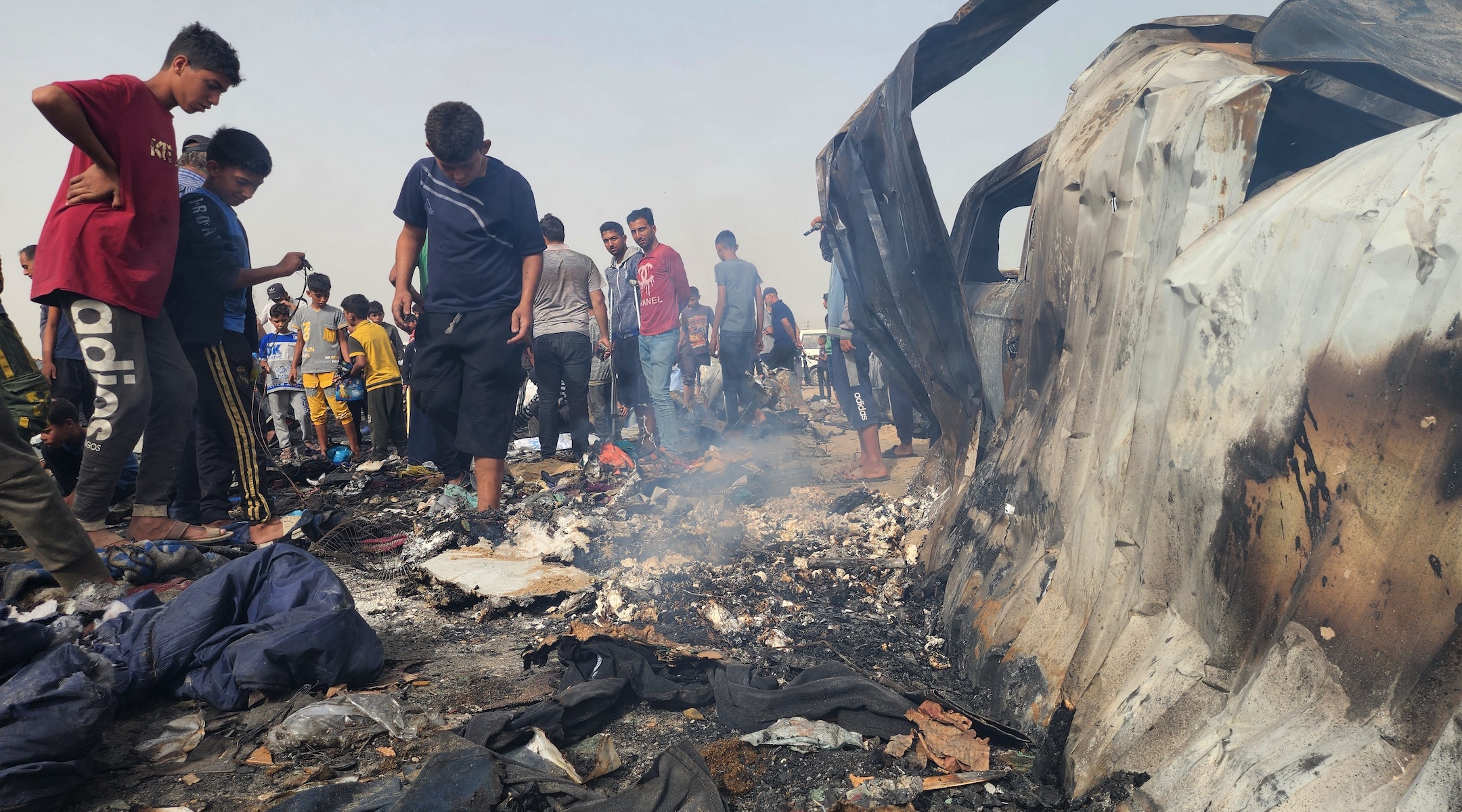
An Israeli strike on a displaced persons camp in Rafah, targeting Hamas leaders, killed dozens on Sunday, May 26. (Hani Alshaer/Anadolu via Getty Images)
The image has drawn criticism from some pro-Palestinian voices for sanitizing the reality on the ground in Rafah and for being a tool of “slacktivism” — fair-weather online advocacy that has little real-world impact. Some have likened it to the black squares that many Instagram users posted during protests in the United States after the police murder of George Floyd in 2020, which some longtime racial justice advocates decried as ineffective virtue signaling.
For some, sharing any of the new AI images related to Rafah is “careless and thoughtless,” as New York-based writer and activist Alana Zeitchik wrote on Instagram. Zeitchik, who is half-Israeli, had six family members taken captive on Oct. 7; five were released during a temporary deal, but one, David Cunio, remains a hostage.
“As someone who had to step up into real advocacy for my own loved ones, I cannot be careless,” Zeitchik wrote. “Every action I take comes with great care and thought for how it could impact them. You can never understand what it’s like unless you have the misfortune of experiencing it.”
She went on: “The hostages are not a social media trend. The people of Gaza are not a social media trend. Choose voices and advocates who are directly impacted and elevate them and their demands to make a deal, ceasefire and end the war.”
View this post on Instagram
Luai Ahmed, a Yemeni-Swedish journalist who identifies as a Zionist, posted a picture of the Rafah graphic alongside one of the pro-Israel versions. “I made this picture because I don’t see myself in the division that is being shoved down my throat on this app,” he wrote.
Some pro-Israel activists took a harsher stance. Eve Barlow, a writer with nearly 76,000 followers on X, called out those who shared the Rafah graphic, blaming the death of innocent civilians in Gaza on “useful idiots of western media.”
“You are keeping this war alive with your dumb propagandist ceasefire now posts,” Barlow wrote. “It’s you. You are helping Hamas win this war. You are doing exactly what Hamas wants.”
The image’s creator, known on Instagram as “shahv4012,” acknowledged the backlash in a subsequent Instagram Story.
“There are people who are not satisfied with the picture and template, I apologize if I have made a mistake on all of you,” they wrote, adding, “Whatever [you do], don’t look down on the Rafah issue now, spread it so that they are shaken and afraid of the spread of all of us.”
JTA has documented Jewish history in real-time for over a century. Keep our journalism strong by joining us in supporting independent, award-winning reporting.
